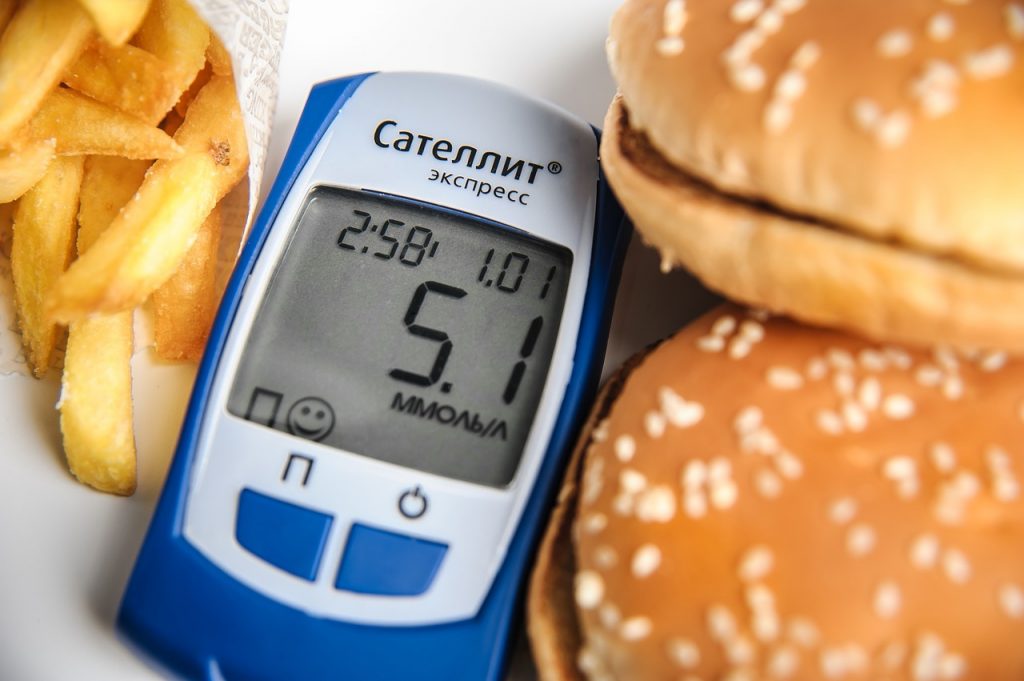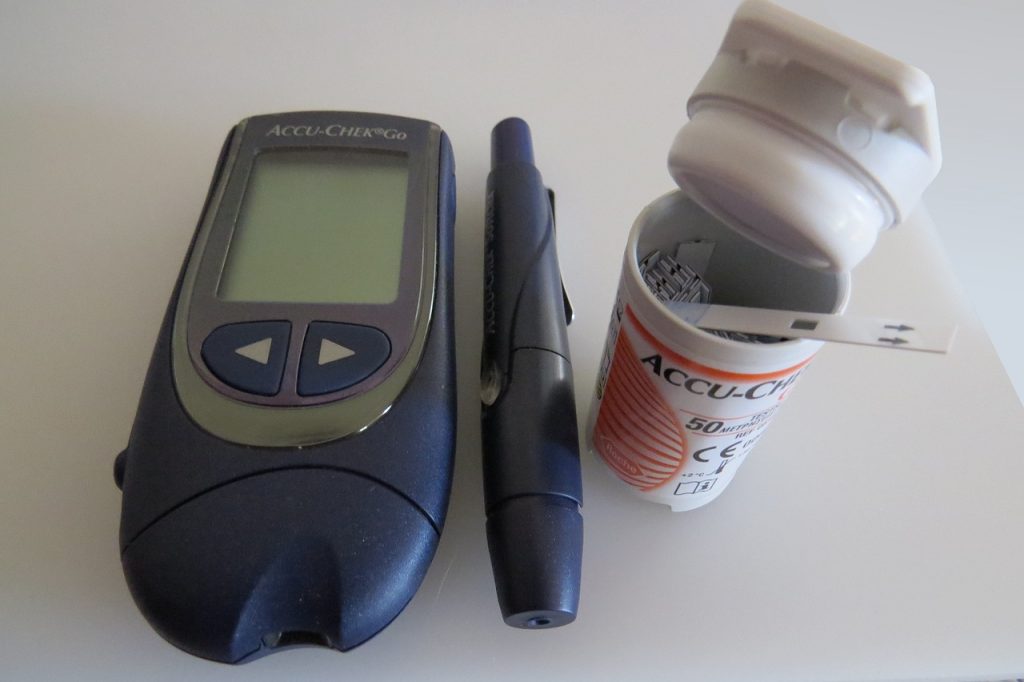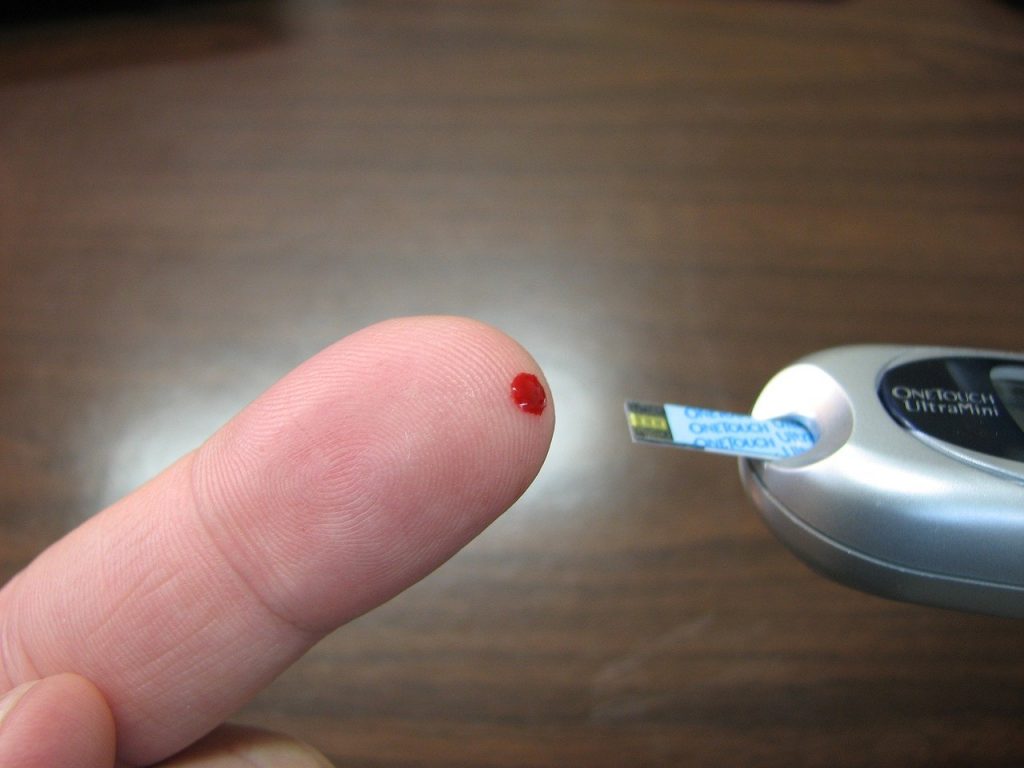Test strips are essential for diabetics to help them manage the disease, but the medical devices are becoming increasingly expensive. Many individuals can’t afford them, putting their health at risk. For any number of reasons, other individuals may have more test strips than they use or need. They can sell those test strips to help others and put a little extra cash in their pockets.
It’s legal to sell test strips in all 50 states in the U.S. as long as Medicare or Medicaid didn’t pay for them. It gives you an opportunity to help others, make healthcare items more affordable, and earn some money for yourself. To understand the value of selling your unused test strips, it’s essential to understand the struggle that many people face in obtaining test strips.
Physicians prescribe a specific number of test strips their patients require to test their blood glucose levels. However, insurance companies often decide that a patient doesn’t need as many test strips as prescribed or only pay for a specified amount. That leaves people that are underinsured or uninsured without the amount of strips they need.
Those with exceptional insurance or who don’t need to test as often typically find themselves with more strips than they need. Sometimes when a relative dies, they may have unused strips. Rather than throwing them away, the strips can be sold to help others.
You can sell your unexpired, unused, surplus diabetic test strips for cash and the company that purchases them will then resell them at a discount to people that need them. It’s important to work with a reputable company when selling your test strips. A highly-trusted company provides confidential purchasing and selling services. They even pay for shipping and offer a variety of online cost calculator estimates and services for complete convenience.
A wide range of name brand diabetic test strips are accepted. Lancets may also be sold in some circumstances. Selling test strips and lancets is completely legal since they can be purchased over the counter and don’t require a prescription. Selling your excess test strips makes you money and helps those that require them to manage diabetes.
If you would like to find out about earning cash for your unwanted, unused and boxed test strips, complete our online quote form today.
If you have extra, unopened and unused boxes of diabetic test strips – whether you have switched brands, no longer need to test or test less frequently, or have a loved one who has passed away – don’t let them gather dust until they’ve expired and end up in the trash. We’re the best place to sell diabetic test strips online, and if you want to sell your test strips, we’re here to make the process easy and enjoyable!
Visit us at Sell Your Test Strips and get your free quote today!
Like us on Facebook









